Puerto de Santa María, Cádiz, Spain
Once again we visited the regions around Jerez de la Frontera, the land of Sherry. We stayed in El Puerto de Santa Maria, one of the corners of the “Sherry Triangle” the area where the wine must be aged to gain the demarcation of “Jerez DO ( denominación de origen)”.
Of course, this area has much more to it than vino de Jerez. Ever since the Phoenicians founded Cadiz across the bay El Puerto has, thanks to its sheltered waters, been an important trading centre – up to and beyond the conquest of the New World. Even before this the number of archaeological sites show how important this area has been with various tin and copper mining areas.

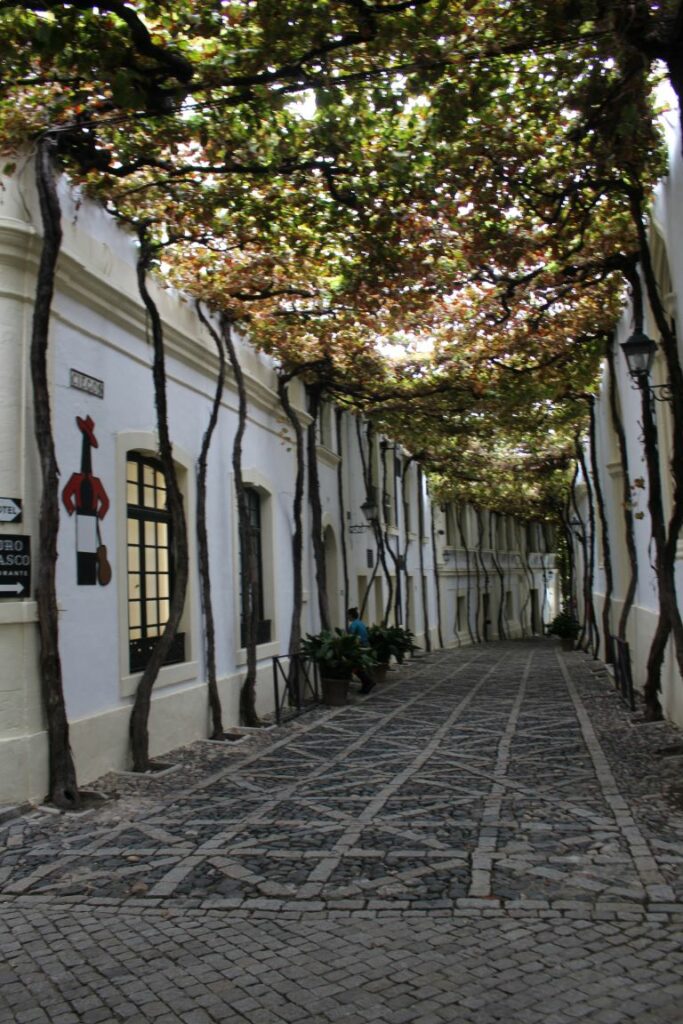

We learned all this on a tour of the town which visited several patios, the internal courtyards that houses in Andalucia traditionally have as cool, shady, lightwells inside the houses rather than external gardens. These are an important part of the culture and El Puerto, like Cordoba, has an annual Fiesta de los Patios where the owners plant flowers and decorate the patios and create performances in them.
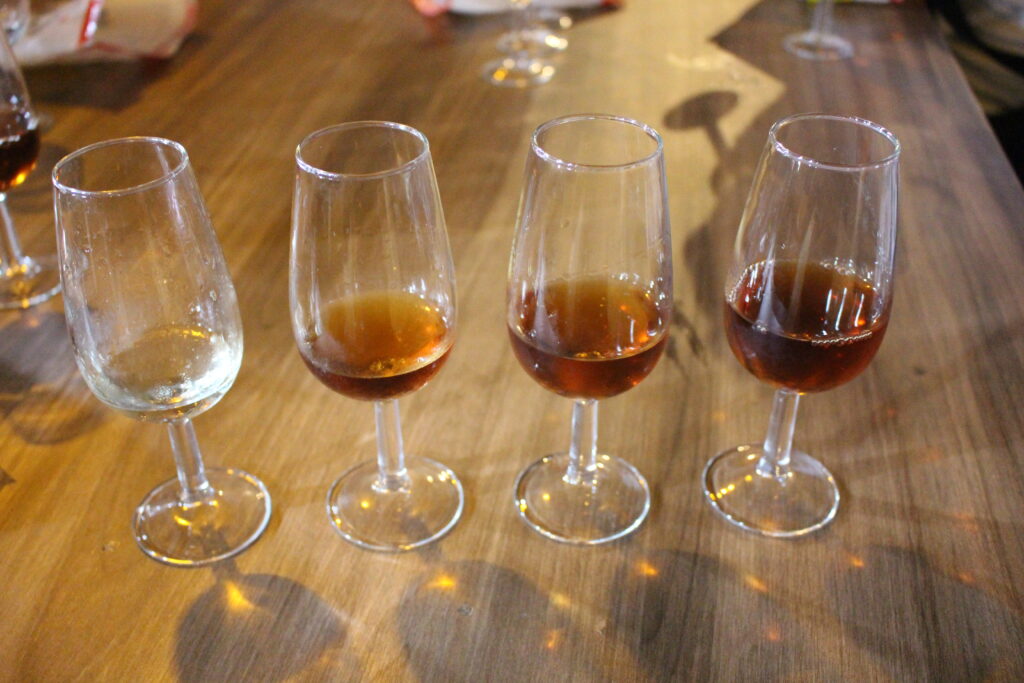
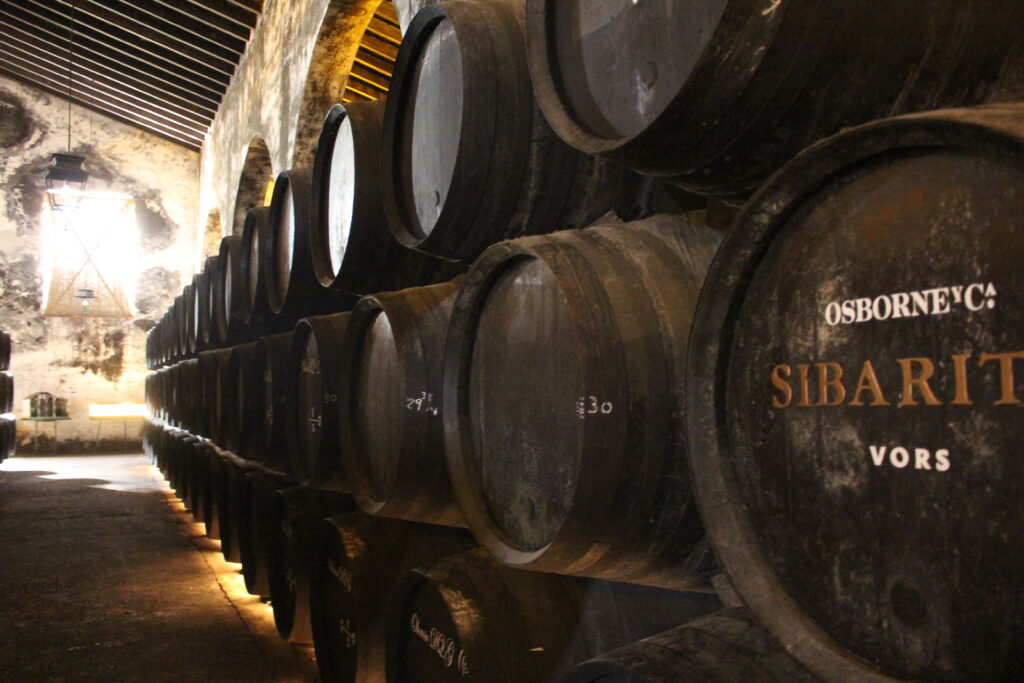

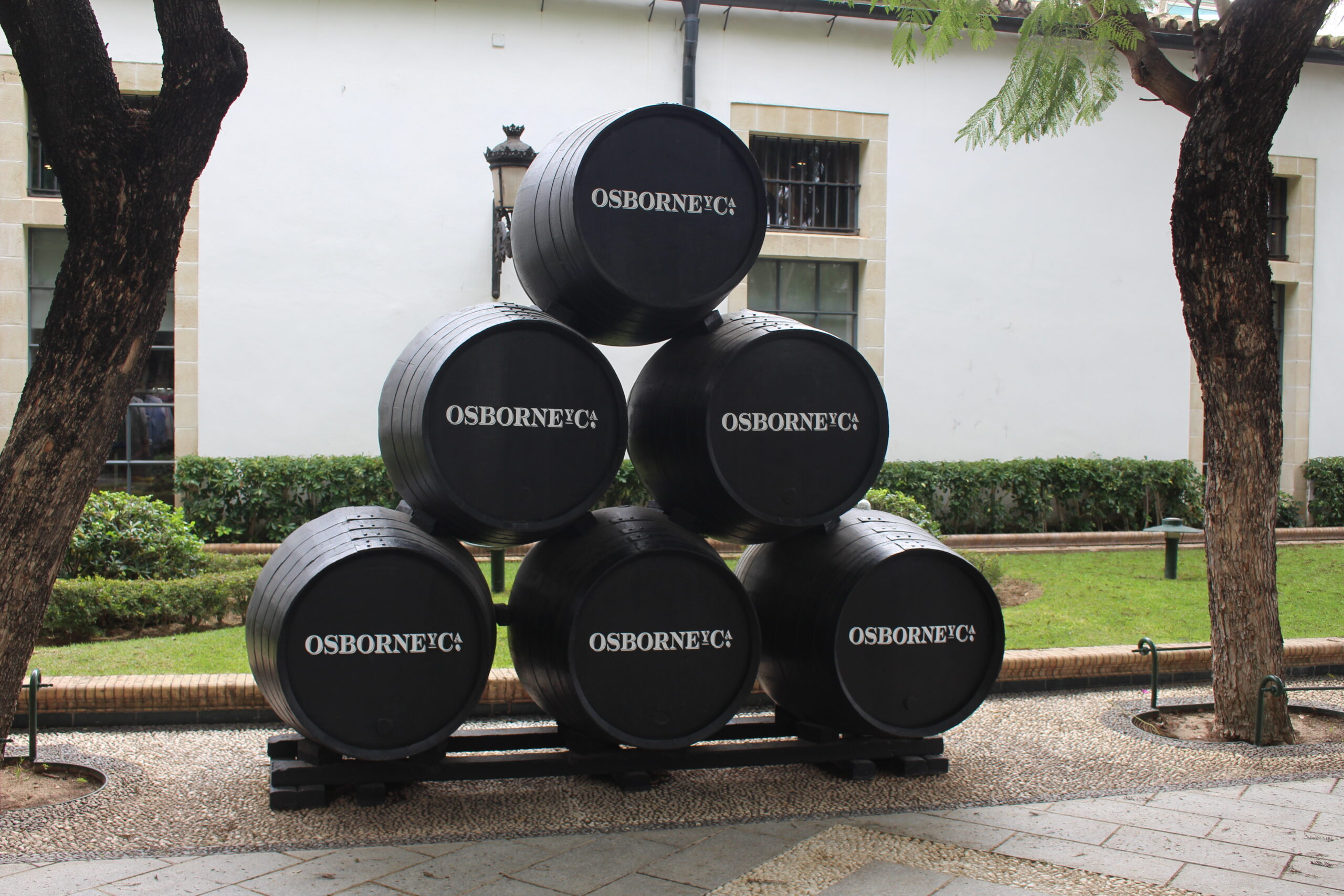
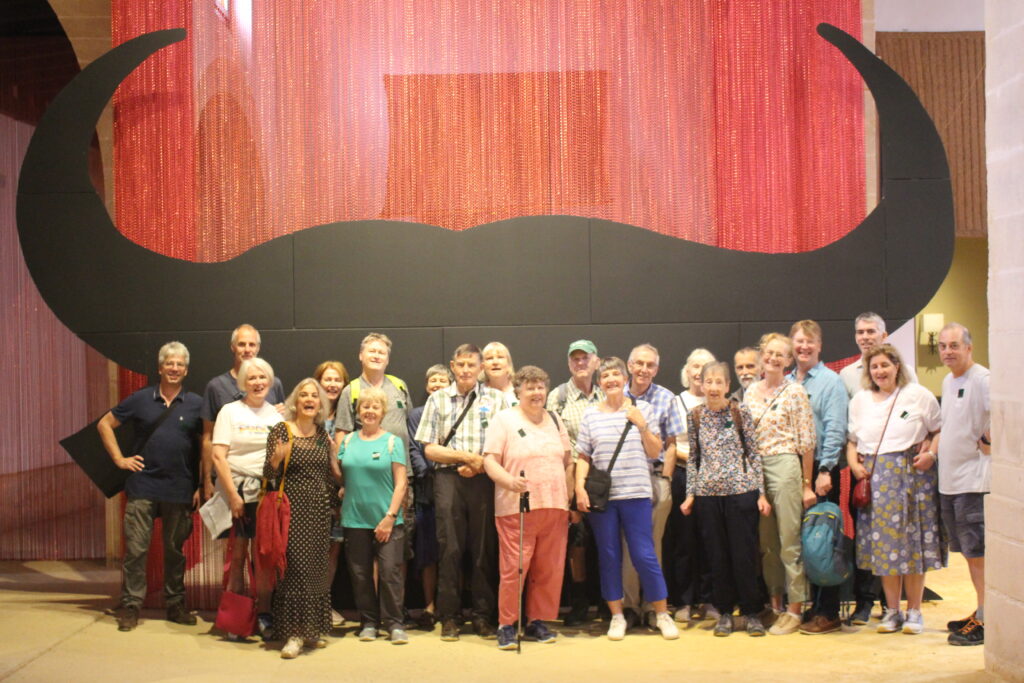

A tour in the area of Jerez wouldn’t be complete without a visit to a bodega or two and so we went to Osborne and Tio Pepe. If you have travelled in Spain you know Osborne, even if you don’t think you do. All over Spain the iconic bulls, visible from the autovias on the hilltops, started out as an advert for the brand of Osborne and still represent this sherry house. On these tours we learned about the “solera” system which is used to refresh the oldest wine and allow every bottle to be consistent every year.

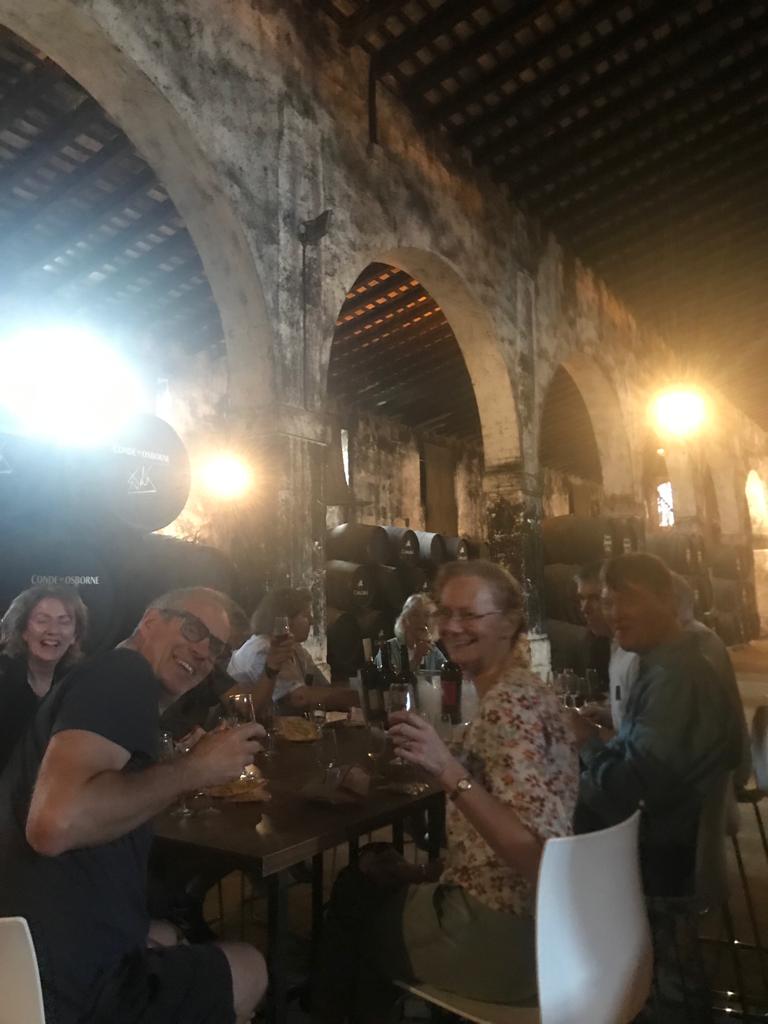
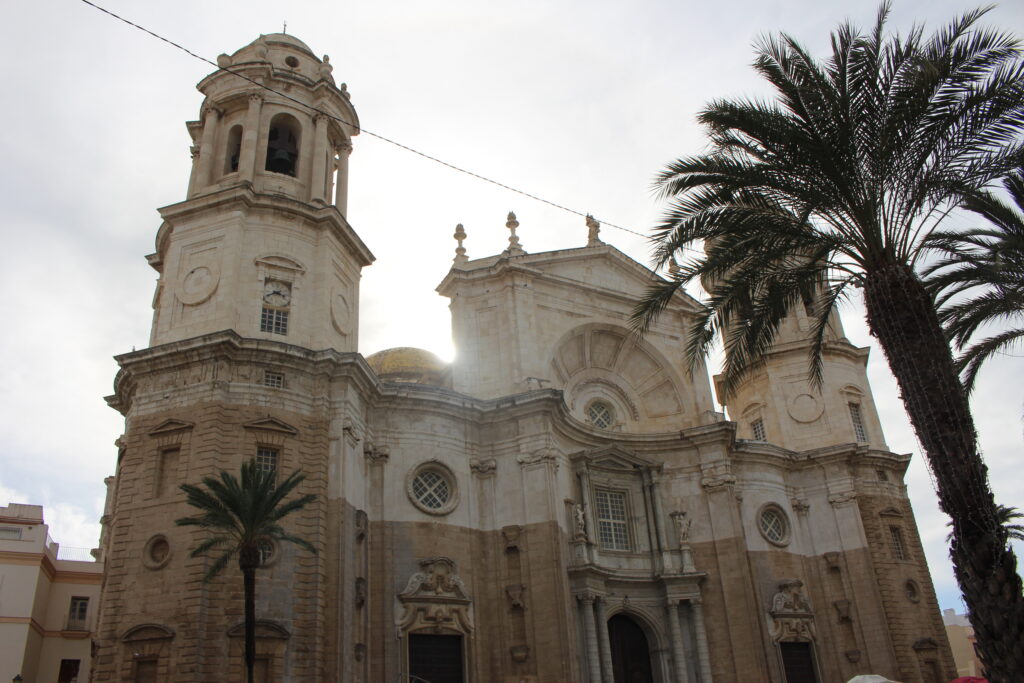
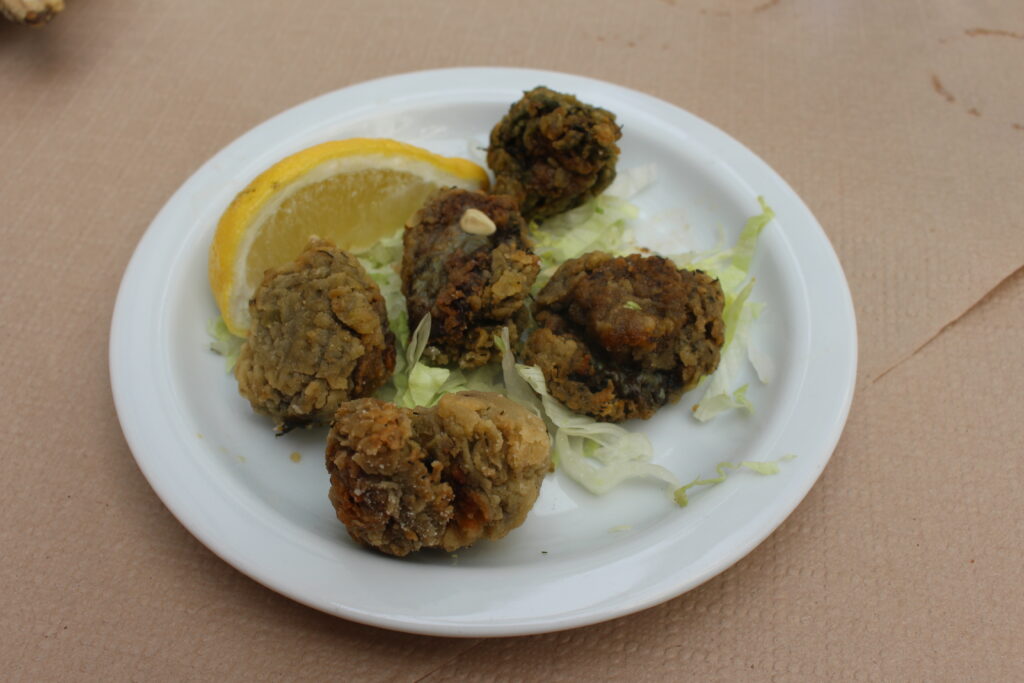
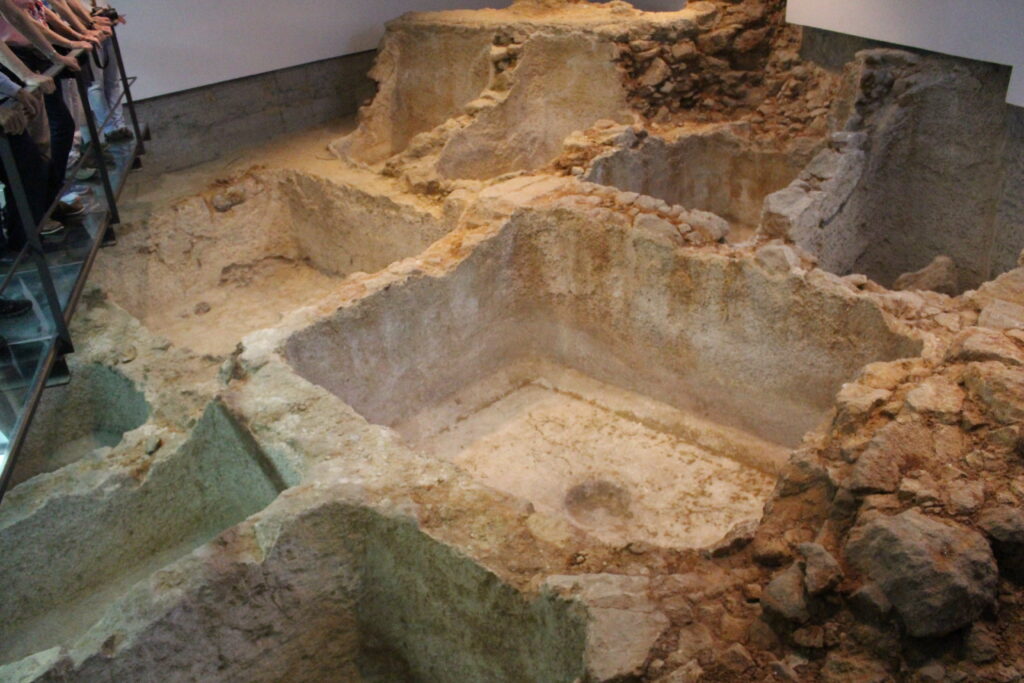
Despite the importance of el Puerto de Santa Maria in the trade with the new world, Cadiz has the fame and so a visit to this compact peninsular city was a must. Cadiz was, as said, founded by the Phoenicians but continued as an important Roman town. This was because it combined two important resources. The coast at this point in Spain was an important tuna fishery, but was also a major salt producer. This meant that it was possible to ship salted fish around the empire from here. Another product of the fisheries was garum, a fish sauce that was a direct ancestor of sauces such as worcester sauce and was the Roman ketchup. In Spain.

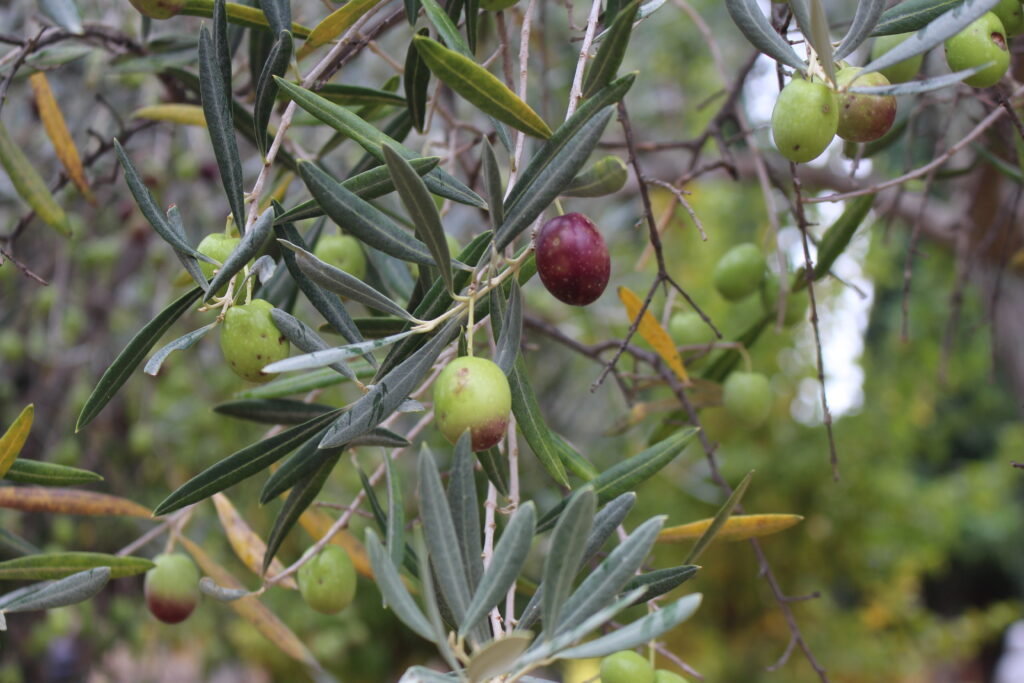
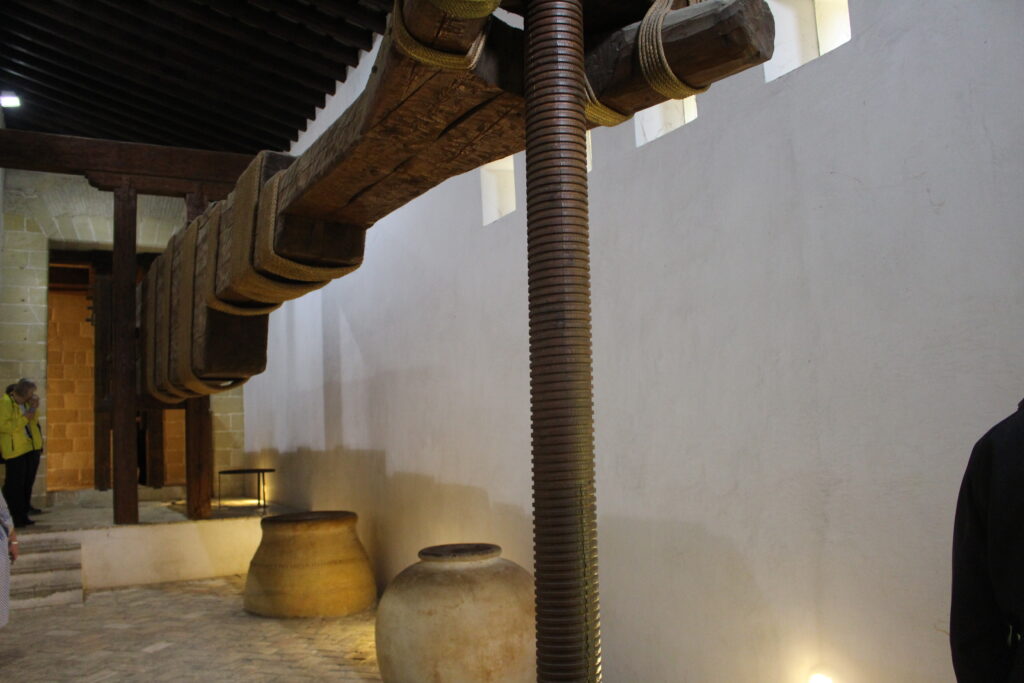
While Cadiz looks back to prehistory and the romans, much of Andalucian history is connected with the Moorish era. A visit to the alcázar in Jerez shows an interesting combination of the importance, in the history of this area, of olives oil and Muslim culture as the olive press and the baths are both present. Here, as well as in the Alcazar of Sevilla which we visited the next day, we can see the Christian dilemma of accepting the Moorish styles as the apogee of art and culture at the time with trying to remove it as a sign of reconquest and a signal that those times had passed.

Our whirlwind tour of the area finished in the Plaza de España in Seville, where for the Iberoamerican exhibition of 1929 plaques of all the regions of Spain were produced.
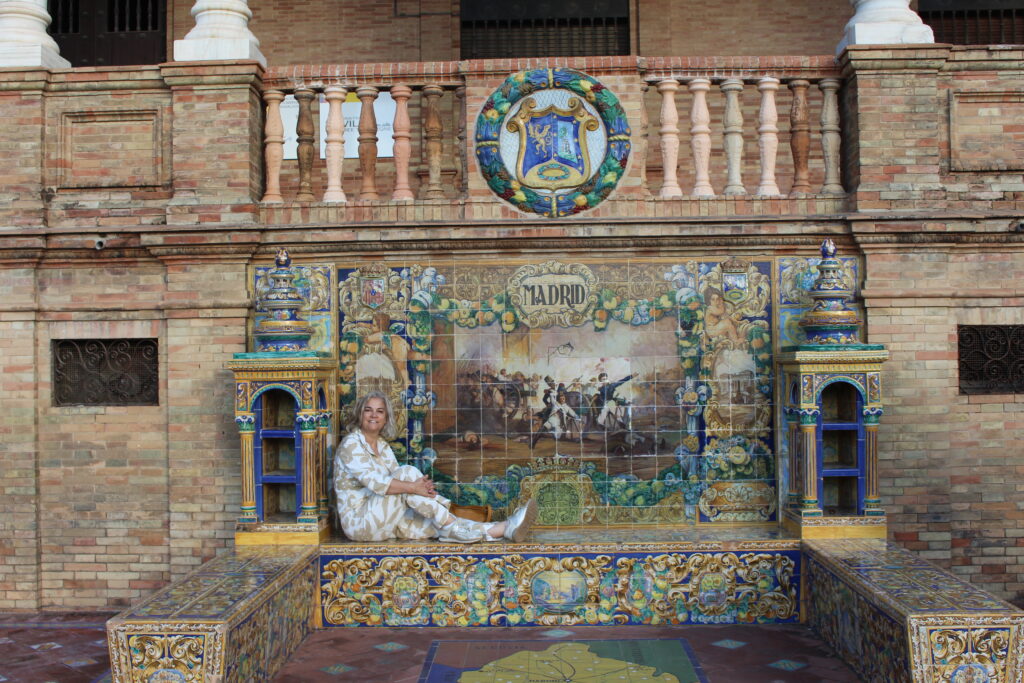

We really enjoyed this trip in the sherry triangle. The programme was good, varied and well organised as usual! Members of the group were very friendly. If you haven’t joined one of these trips before you should give one a go!